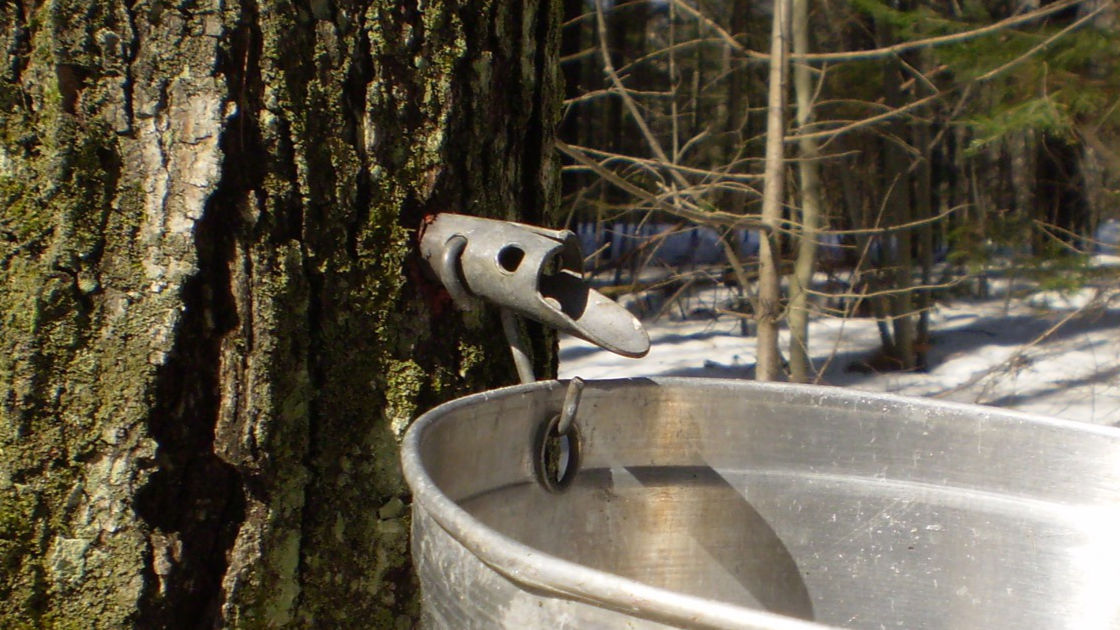The Origins of Leap Year
Hello Folks, Aunt Eunice here. February 2020 is a leap year. According to Chiff.com – A leap year is any year with 366 days instead of the usual 365 days. Therefore, leap day in 2020 will fall on Saturday, February 29th. So…why the extra day? It was the ancient Egyptians who first figured out that the solar year and the calendar year didn’t always match up. That’s because it actually takes the Earth a little longer than a year to travel around the Sun – 365 days, 5 hours, 48 minutes, and 46 seconds, to be exact. Therefore, as hours accumulated over the centuries, an extra day was occasionally added to the calendar, and over time the practice became more or less official. The Romans first designated February 29 as leap day, but a more precise formula (still in use today) was adopted in the 16th century when the Gregorian calendar fine-tuned the calculations to include a leap day in years only divisible by four – 2012, 2016, 2020, 2024, etc.
New Lambs, Farm Fresh Eggs, Donuts
Besides being a Leap Year, February has been an interesting month at Quiet Valley. We had an early set of lambs, “Quentin” the Quiet Valley groundhog says it will be an early spring. Punxsutawney Phil agreed with him. The chickens are enjoying the sun and are providing us with plenty of eggs which doesn’t always happen this time of year, unless you provide them with an artificial light source. It is so nice to have fresh eggs! I never knew what a big difference there is between older ones and newly laid ones until I came to Quiet Valley. One morning I was working in the cellar kitchen and had a nice fire going in the hearth. I was waiting for the first school to arrive for their visit to an 1800s farm. I hadn’t had breakfast so I grabbed a couple of eggs, one green and one light brown, and fried them up in the spider. Not a real spider, of course, but a round cast iron frying pan that has several long legs supporting it. Hence the resemblance to a real arachnid. The eggs were delicious, simple fried eggs, so fresh, so good! The green egg was from an Araucana hen and the light brown from the Buff Orpington. They both tasted the same, just better because they were fresh. The Monday winter camp group learned how to make raised donuts using mashed potatoes in the dough. I was fortunate to get a sample. We also had our first staff winter training session. As part of that day I gave a lesson about medicinal herbs and their uses on the farm in the 19th century.
The Science & Technique of Maple Sugaring
There are eight days left in February, but signs of March marching toward us and onto our calendars are all around. One sign is the fact that the temperature is right for tapping the sugar maple trees! It needs to be about 40 degrees in the day and below freezing at night. According to the University of Maine Cooperative Extension, understanding how maple sap is formed requires some knowledge about tree physiology. In the later summer and fall, maple trees virtually stop growing and begin storing excess starches throughout the sapwood, especially in cells called ray cells. This excess starch remains in storage as long as the wood remains colder than about 40 degrees F. Whenever wood temperatures reach around 40 degrees F, enzymes in the ray cells change the starches to sugars, largely sucrose. This sugar then passes into the tree sap. As the temperature increases to about 45 degrees F, the enzymes stop functioning and sugar is no longer produced. In March and April, the sugar changes back to starch—except during periods of flow. Rising temperature creates pressure inside trees, causing sap to flow. When a hole is bored into a tree, wood fibers that are water/sap carrying vessels are severed, allowing sap to drip out of the tree.
I love maple syrup on buttermilk pancakes. When my husband is baking homemade sticky buns, he makes a special batch for me where he substitutes maple syrup for the corn syrup. What a treat! It takes about 40 gallons of sap to make one gallon of syrup. It requires lots of heat (firewood, your kitchen stove, an evaporator) to get the majority of the moisture out of the sap. If you drink the sap before boiling it, you will sense the flavor potential of what it will taste like after it boils down to syrup. If you boil it past the syrup point you could cook it all the way down to sugar. If you decide to tap your sugar maples and boil the sap down inside your home, you may wish to rethink the location. My friend did that once and all the wallpaper in her kitchen peeled off due to the release of so much moisture and warmth. Yikes!!
Preparation for Spring Activity
The second Sunday in March means a return of Daylight Savings Time. Part of the kitchen garden is being tilled so as March marches forward we can get early spring crops in by the end of the month. Our spring programs and field trips take place in March and spring cleaning will begin. By April will we be running on all cylinders!
Well, that’s all for now, folks. Thanks for checking in. Be talking to you soon. Aunt Eunice
